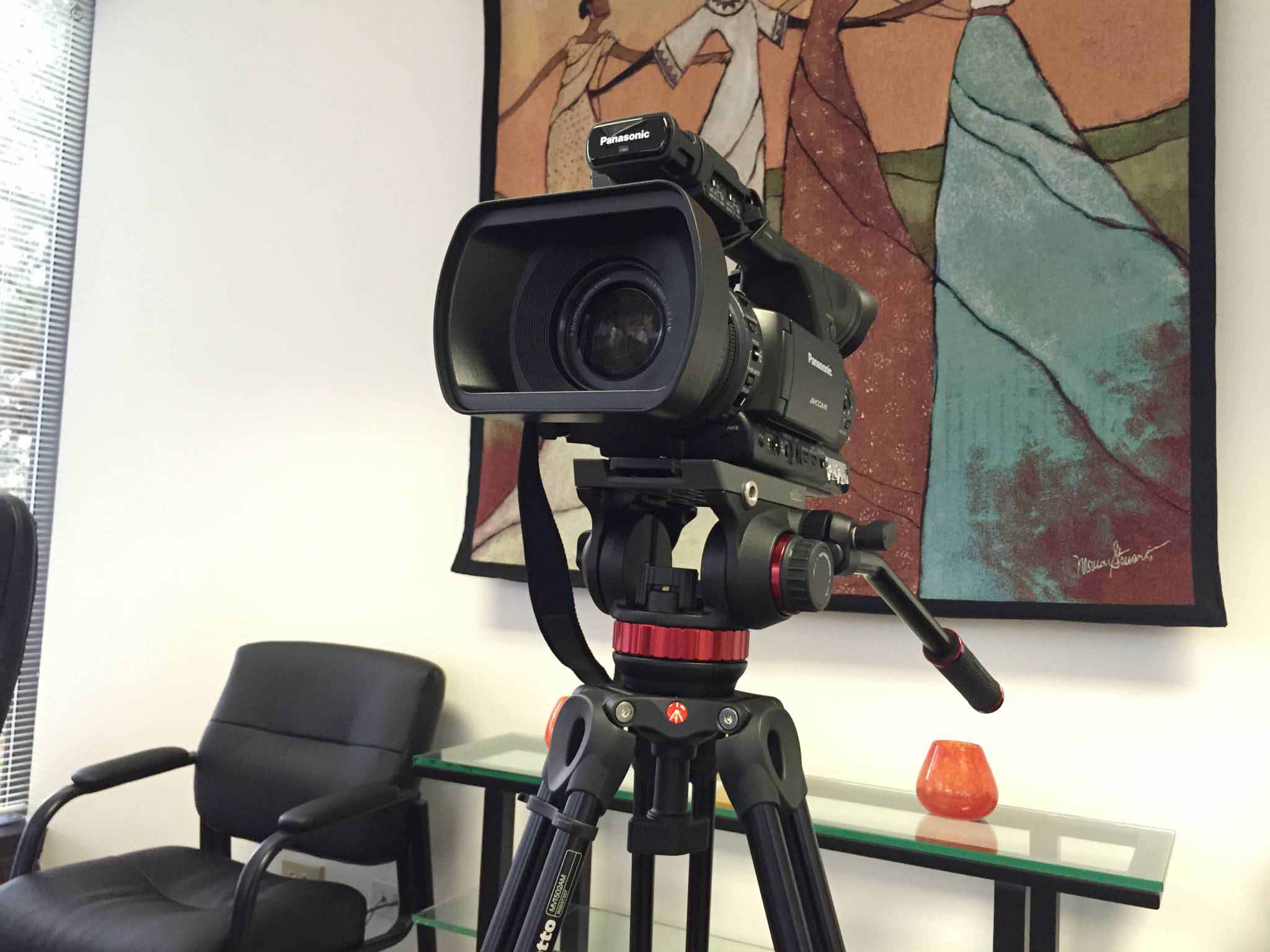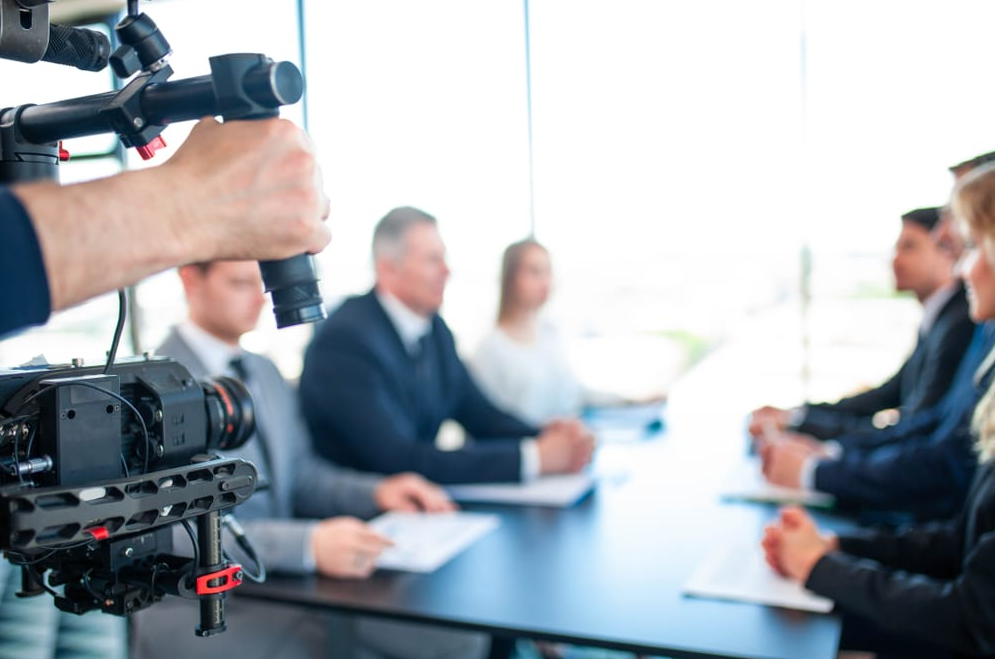The Ultimate Guide to Legal Videography for Attorneys and Legal Teams
Exploring the Mechanisms of Legal Videography: Unveiling Its Operation in Shielding Genuine Aesthetic Testament for Judicial Process
In the realm of judicial process, the role of lawful videography stands as a cornerstone in maintaining and presenting aesthetic evidence. As modern technology continues to breakthrough, the systems behind lawful videography have actually come to be increasingly complex, providing an essential layer of credibility to testimonies captured on video clip.
Historical Development of Lawful Videography
Analyzing the historic progression of legal videography discloses a significant improvement in the recording and presentation of visual proof within the lawful landscape. In the past, legal procedures greatly relied upon written photos and records to document events and give evidence. Nonetheless, with the introduction of video clip modern technology, the legal market experienced a paradigm shift in exactly how visual testimony was recorded and offered.
The advancement of lawful videography can be mapped back to the late 20th century when developments in video clip recording devices made it a lot more obtainable for usage in court rooms. This technical advancement not just enhanced the precision and integrity of visual proof yet also transformed the method situations were provided to courts and courts (Legal Videography). Attorneys started to identify the influential power of video clip recordings in communicating emotions, nuances, and non-verbal signs that created records or pictures alone could not capture properly
Modern Technology Advancements in Video Documentation
What key technological innovations have revolutionized video clip documents in the lawful area? The legal field has actually seen substantial improvements in video clip paperwork technology that have boosted the credibility and dependability of visual proof in judicial process. One of the essential advancements is high-def (HD) video recording capabilities, which give crystal-clear pictures and sharp details that are crucial for properly catching testimonies, face expressions, and various other visual cues. In addition, the combination of timestamping and metadata features in video clip documents tools has made it possible for specific documents of when and where the video was tape-recorded, making sure the stability of the proof provided in court.
Moreover, improvements in video file encryption and watermarking modern technologies have strengthened the safety and tamper-proof nature of video clip evidence, securing it versus unauthorized modifications or meddling. Furthermore, the development of cloud storage space services and remote gain access to capacities has structured the storage, access, and sharing of video clip proof, helping with smooth collaboration among attorneys and guaranteeing effective accessibility to critical visual statements when required. These technological developments in video clip documents have most certainly revolutionized the lawful area, improving the precision, integrity, and admissibility of visual proof in judicial procedures.
Role of Lawful Videographers in Courtroom Setups
The advancement of video documents innovation in the lawful area has demanded a critical duty for lawful videographers in court settings, guaranteeing the honesty and reliability of visual statements offered during judicial process. Lawful videographers play a fundamental duty in recording and maintaining precise visual proof that can be critical in litigation. Their duty reaches setting up tools, tape-recording procedures, and generating top notch video clips that precisely mirror the occasions in the court room.
Furthermore, legal videographers frequently function very closely with lawful teams to ensure that the video clip proof aligns with the situation's needs and can be successfully presented in court to sustain the lawful arguments being made. Generally, the function of lawful videographers in court room settings is important in maintaining the concepts of justice and making certain the openness of lawful process. Legal Videography.

Ensuring Admissibility and Stability of Video Clip Proof
To preserve the credibility of aesthetic evidence provided in legal proceedings, guaranteeing the admissibility and stability of video clip proof is a vital obligation for legal videographers. Admissibility describes the approval of evidence by the court, and for video clip evidence to be acceptable, it should fulfill certain standards. Lawful videographers play an essential duty in ensuring that the video clips they record adhere to the rules of evidence, such as credibility, importance, and dependability.
Integrity of video clip evidence involves maintaining the originality and accuracy of the footage from the moment it is videotaped up until it exists in court. This includes safely saving the video clip documents, documenting the chain of custodianship, and preventing any kind of tampering or changes. Lawful videographers must stick to rigorous procedures to assure the stability of the video clip proof and prevent any kind of challenges to its credibility.
Future Trends in Legal Videography
Provided the enhancing dependence on technology in legal proceedings, lawful videographers are positioned to welcome cutting-edge developments forming the future of aesthetic statement capture and discussion. One of the noticeable patterns coming up is the combination of virtual truth (VIRTUAL REALITY) and enhanced fact (AR) innovations into lawful videography. These innovations have the potential to change how aesthetic evidence is presented in court rooms, allowing discretionary to immerse themselves in the scene of visit this site the crime or case.
Moreover, the use of synthetic intelligence (AI) formulas for video analysis is anticipated to simplify the process of evaluating and assessing huge quantities of video footage. AI can aid in identifying vital moments, anomalies, and patterns within video clips, improving the efficiency of legal investigations.

Conclusion
In final thought, legal videography has actually played an important duty in giving genuine visual proof for judicial process. Through technological improvements and the expertise of legal videographers, the honesty and admissibility of video clip evidence are made certain in court settings. As lawful videography proceeds to advance, continue reading this it will be important to promote criteria that preserve the precision and reliability of visual testimony for the future of lawful procedures.
Examining the historic development of legal videography discloses a considerable change in the recording and presentation of aesthetic evidence within the legal landscape.The advancement of video clip documentation innovation in the lawful field has required a crucial function for legal videographers in courtroom setups, guaranteeing the stability and integrity of visual statements provided throughout judicial process. In addition, lawful videographers frequently work carefully with legal teams to click to investigate make sure that the video clip proof straightens with the instance's needs and can be properly offered in court to sustain the lawful debates being made.To keep the credibility of visual evidence presented in lawful process, making certain the admissibility and honesty of video clip proof is a vital obligation for lawful videographers. As lawful videography proceeds to evolve, it will certainly be necessary to support standards that keep the precision and dependability of visual testimony for the future of lawful procedures.